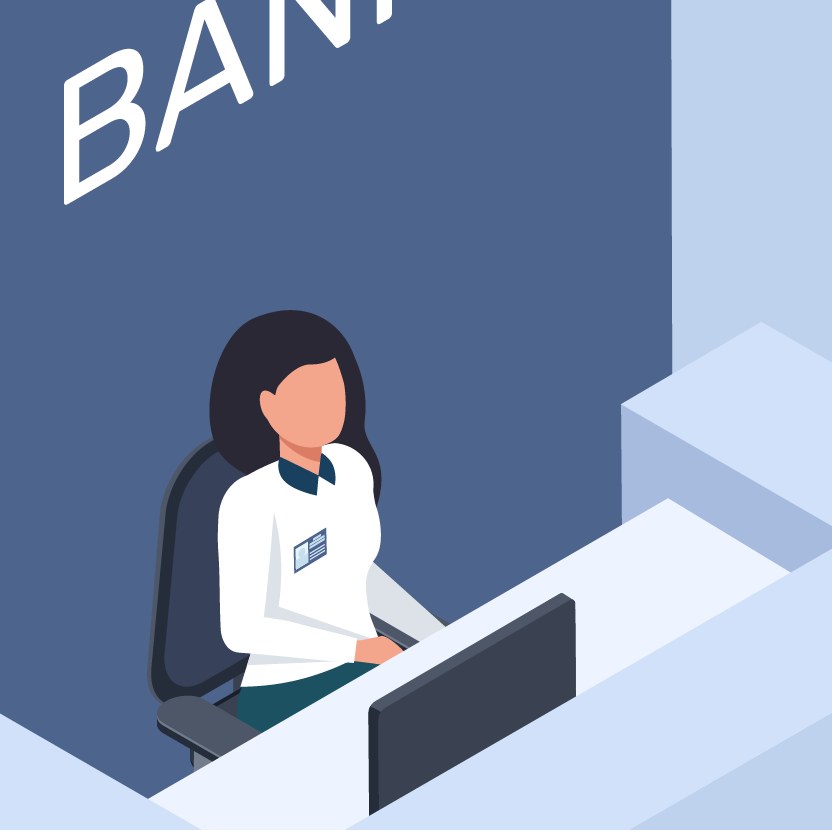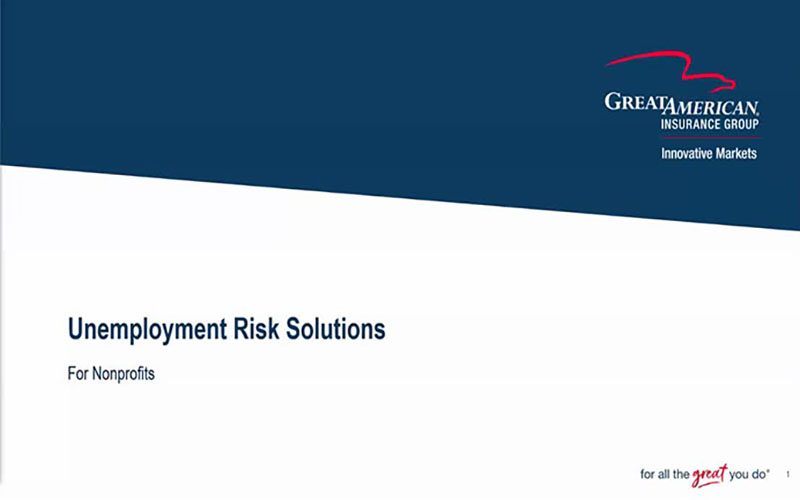Financial Institutions Riskopolis
- Share now:

Financial institutions deal with a plethora of sensitive information for their clients. By having cyber risk insurance, financial institutions could better manage the risks associated with cyber threats and protect their customers' sensitive information.
Take a look at the lurking dangers – are your clients protected from the exposures depicted below?
Click the yellow circles on the image to view the exposures.

Account Logins:
You receive an email that appears to be from your bank (but it's not!). The email warns of suspicious activity on your account and urgently requests you to click a link to "verify" your information. Clicking the link takes you to a fake login page designed to steal your username and password. Once they have control of your number, they can intercept SMS messages, including two-factor authentication codes, potentially granting them access to your online accounts. Don't be pressured! Implement MFA and be wary of unsolicited emails or calls. Banks won't rush you to act via email. Never click on links in suspicious emails. Instead, log in to your bank account directly through the bank's website (not a link in an email) and check for messages there.

Bank Servers:
In 2019, a major U.S. bank, suffered a data breach that exposed the personal information of over 100 million customers and applicants. The hacker was able to access data including names, Social Security numbers, and birth dates. Account numbers, Social Security numbers – everything vanishes into the digital abyss. The bank scrambles to shut down the compromised servers, but this slams the brakes on their entire operation. ATMs go dark, online banking sputters, and frustrated customers are left in the lurch. This data breach can inflict serious financial wounds on the bank, not just from potential fines and compensation, but also from the blow to their reputation. By prioritizing robust security measures like vulnerability management, strong access controls, and employee training, banks can build a stronger defense against these cyberattacks and safeguard their customers' sensitive information.

Third-Party Breaches:
Banks depend on a network of third-party vendors and service providers for everything from cloud storage to credit card processing. Unfortunately, weaknesses in these third-party systems can create a backdoor for attackers. It is crucial for banks to hold their third-party vendors to high security standards and conduct thorough assessments to minimize the risk of breaches through these indirect channels.

ATM-Specific Malware:
ATMs are susceptible not only to physical attacks like skimming and shoulder surfing, but also to cyberattacks, which pose another significant threat. Outdated software or lax security practices might create openings for the attackers. To combat cyber threats, financial institutions should consider implantation of robust anti-malware software on ATMs and update operating systems regularly to patch vulnerabilities. Strengthening network security with encryption and multi-factor authentication adds further protection. Regularly conducting penetration testing also helps identify and address network weaknesses before they can be exploited.

Property Management Systems:
Property management systems, which store sensitive tenant data like names, addresses, and even Social Security numbers, can become targets for cybercriminals. Many property management systems handle tenant payment information, making them subject to the Payment Card Industry Data Security Standard, like payment portals for rent or lease payments. To mitigate these risks, property management companies must prioritize cybersecurity measures. Implementing MFA, strong passwords, data encryption, and regular software updates are crucial steps in safeguarding tenant information and preventing security breaches.

Bot Attacks:
Bots can be programmed to flood the system with requests for quotes or other actions, disrupting legitimate user access and hindering normal business operations. Insurance companies retain extremely personal and sensitive information about their customers, such as financial, medical, health, and other personal details. For fraudsters, this is a treasure trove of personal information that can be used to commit fraud or be sold online. Monetary penalties aren’t the only things insurance providers face when failing to meet compliance standards. These companies can also be sanctioned and subsequently restricted from conducting business. Failing to meet compliance standards can leave agents vulnerable. Following regulations like consumer data protection and anti-money laundering (AML) helps ensure that interactions involve real people and legitimate claims.

Cryptojacking and Credit Card Fraud:
While financial institutions are well-known targets for ransomware attacks, a more subtle threat lurks in the shadows: cryptojacking. This scheme involves attackers hijacking computer processing power within banks to mine cryptocurrency. Hackers infiltrate bank networks through various methods, such as phishing emails or malware. Credit card fraud, on the other hand, directly steals money. Fraudsters obtain card details through data breaches, skimming devices, or social engineering, leading to financial losses and reputational damage for banks. To combat these threats, financial institutions need a layered defense like endpoint detection and response systems, along with employee training to identify and avoid phishing attempts.

Insider Threats:
Insider threats are a major cybersecurity threat in the financial industry. Even well-intentioned employees can leave the door open for attackers through unintentional mistakes, like clicking on phishing emails, or intentionally. To combat this, financial institutions should strongly consider prioritizing employee training, enforce strong password policies, and implement access controls that grant minimal privileges. Regular phishing simulations and open communication channels for reporting suspicious activity are crucial steps towards a more secure financial landscape.
Contact our Cyber Risk Team Today!
Cyber risk insurance is crucial for financial institutions as it can provide a safety net against the financial and reputational damage caused by cyberattacks. Learn how this insurance can help protect institutions against various threats. Talk to our team of experts.









.jpeg?sfvrsn=dbf923b1_1)




.jpeg?sfvrsn=c50521b1_1)